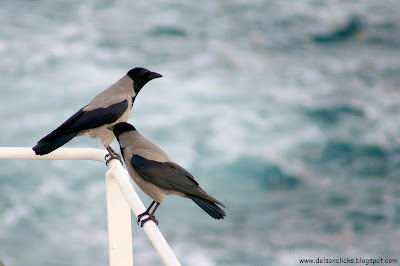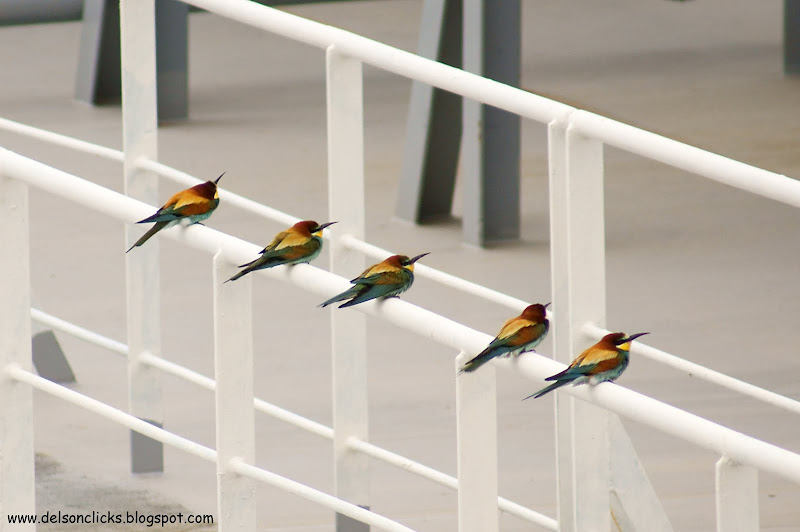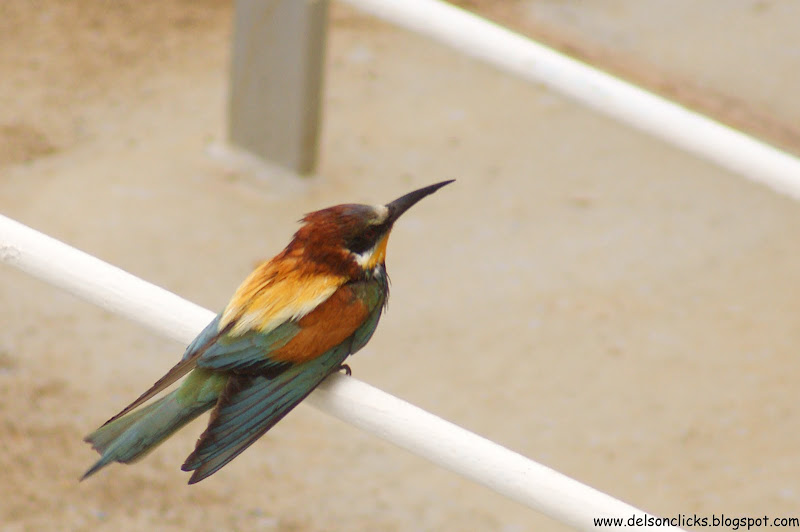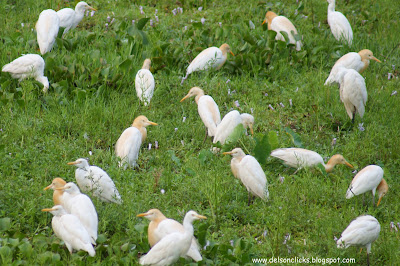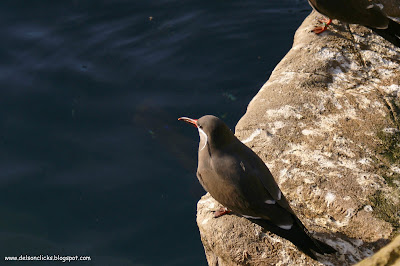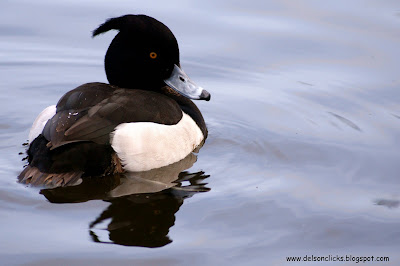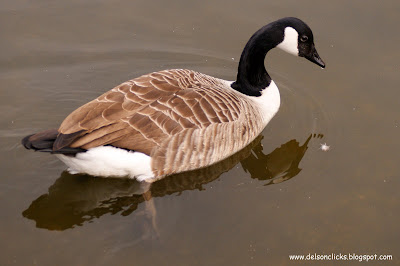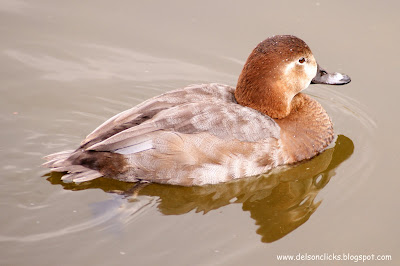




The wagtails walk a lot with an aristocratic air which is a great pleasure to watch. This White Wagtail (Motacilla alba) landed on board and was fascinated by a big dead insect, which later it began feeding upon. I sat next to the dead insect, and this bird did not mind me intruding on its lunch. It was a good chance to photograph this bird at such a close range.
The White wagtail has many subspecies, and subtle variations in colouring may be seen based on the birds geographical location. The bird is pretty well distributed in India too, although this particular one was sighted in the Eastern Mediterranean.
One trait that I noticed about this bird was that it walked continuously searching for food, and even when I followed it, it continued walking faster rather than fly away. The bird never returned to a spot previously visited by it.
The first 4 photographs were clicked in a shaded area, while the last one was clicked in bright sunlight, resulting in an image with hardly any contrast. The bird in the shade was spot metered for the black area and the image turned out well exposed, for both shadows and highlights.
image details : f/4.5 , 1/200 sec, ISO 100, F.L. 210mm ,
